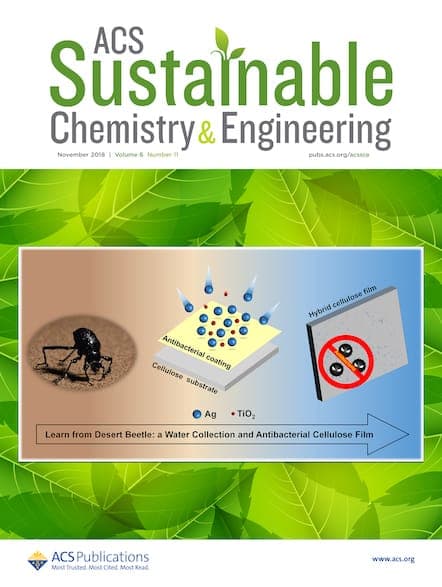E-textiles have emerged as an attractive wearable option, but widespread adoption is hampered by sustainability, reusability, and durability—issues that already plague the fabric industry. Could organic materials such as hemp be part of the solution?

Smart, wearable tech is becoming ubiquitous in modern life. Recently, textiles that incorporate electronic components in the fabric have emerged as an attractive wearable option due to their softness, flexibility, and comfort. But the widespread adoption of e-textiles is hampered by sustainability, reusability, and durability.1 To overcome these challenges will require specialized facilities, processes, and expertise to ensure safe and effective handling of e-textiles during the recycling process, and research and development is ongoing.
One potential option is to use organic materials – essentially making e-textiles biocompatible and biodegradable. Hemp fiber derived from the stem of the Cannabis sativa plant is known for its strength, but it also has novel aseptic properties, and can protect from UV radiation. Hemp will often decompose more quickly than synthetic textiles such as nylon or acrylic.1 Due to its fast growth and low environmental impact, hemp has attracted interest as a sustainable alternative, and as a promising e-textile for wearable tech.
To explore this, a team in the United States used hemp yarn coated with reduced graphene oxide and polypyrrole to produce a highly conductive fabric.2 The study, published in ACS Sustainable Chemistry & Engineering, describes the stability of the resulting e-textile when bent, stretched, or twisted. It could also be used for resistive heating in wearable devices, producing the necessary heat at safe voltage. Additionally, the fabric showed functionality when used to track body movements, with a consistent and repeatable signal.

Do You Smell That? The Surprising Science Behind Cannabis Aromas
It's not the first time that hemp has been tagged as a potential sustainable option to current issues. Thanks to the 2018 Farm Bill that removed hemp from the Controlled Substances Act,3 the fiber is experiencing something of a renaissance, and chemists have been exploring its potential in many different fields.
Earlier in 2023, another team presented designs for hemp-based slippery surfaces that could one day be used in diverse applications from biodegradable food containers to icephobic coatings on aircrafts, ships, or power lines.4 The researchers also discovered that hemp-based sustainable slippery metal surfaces also displayed anti-thrombotic properties, which could make them useful in medical devices. And finally, engineers are also investigating insulation materials made from a hybrid of straw and hemp waste, which has the potential to be used in future green building construction.5
A unique combination of properties—including strength, durability, moisture management, and sustainability—makes hemp an attractive candidate for wearable electronics. The authors believe that hemp is an ideal material for sustainable and reusable e-textiles and garments, with particular promise in medical and healthcare applications.
References
- Dulal, M. et al. Toward Sustainable Wearable Electronic Textiles. ACS Nano 2022, 16, 12, 19755–19788.
- Siddika, A. et al. Hemp-Based Electronic Textiles for Sustainable and Wearable Applications. ACS Sustainable Chem. Eng. 2023, 11, 41, 14913–14920.
- Implementation of the Agriculture Improvement Act of 2018. Drug Enforcement Administration (DEA), Department of Justice, 85 FR 51630 (effective August 21, 2020).
- Sutherland, D. J. et al. Hemp-Based Sustainable Slippery Surfaces: Icephobic and Antithrombotic Properties. ACS Sustainable Chem. Eng. 2023, 11, 6, 2397–2403.
- Sarkar, A. et al. Natural Straw–Hemp-Reinforced Hybrid Insulation Materials. ACS Appl. Eng. Mater. 2023, 1, 10, 2487–2493.
